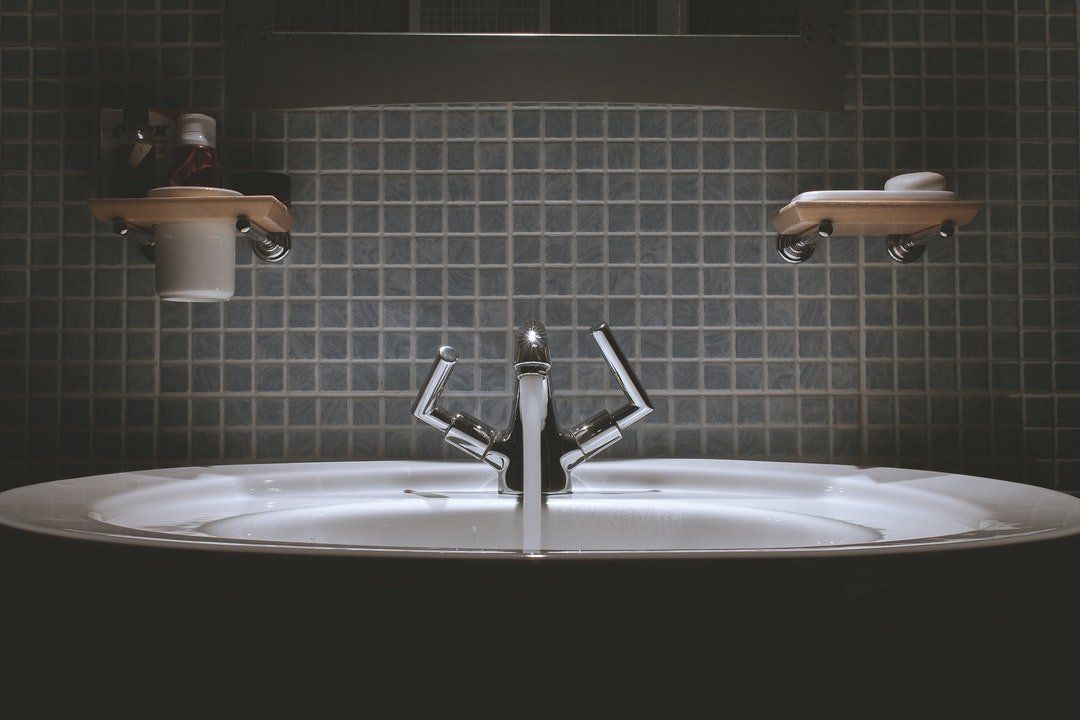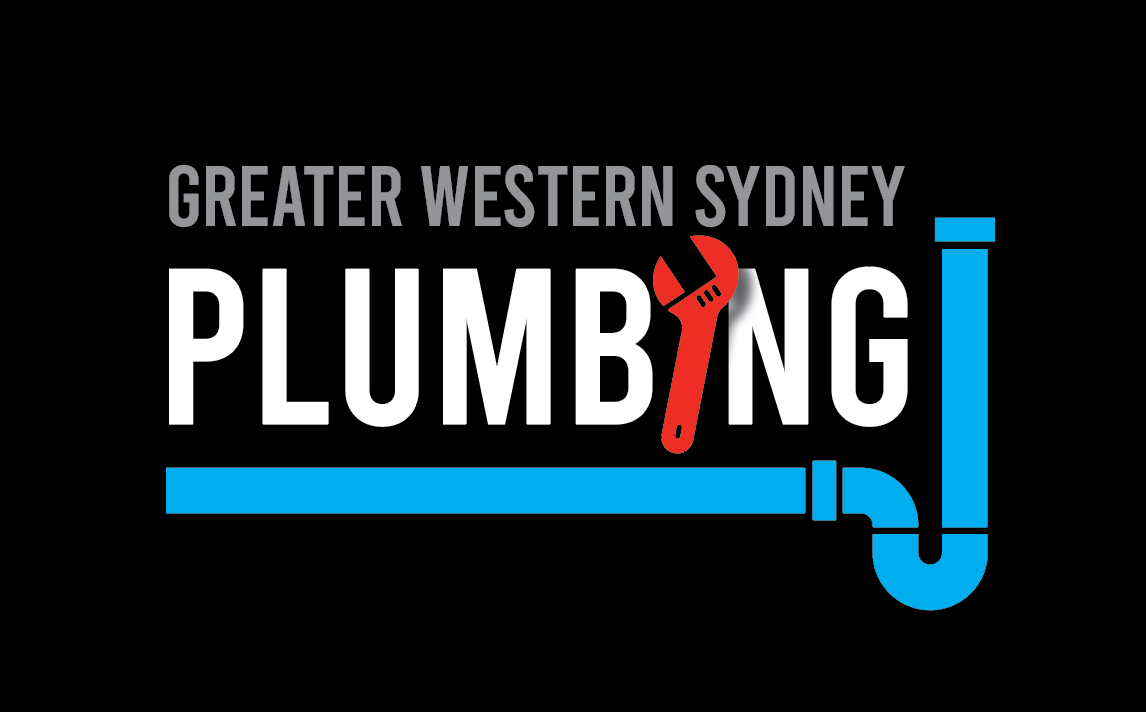How to Maintain Your Sink and Bathtub Fixtures for Long-Lasting Performance
Essential Tips for Maintaining Your Sink and Bathtub Fixtures to Prevent Leaks and Damage
Your sink and bathtub fixtures are essential parts of your bathroom, and keeping them in good condition can prevent leaks, water damage, and costly repairs. In this post, we’ll cover simple maintenance tips to help you extend the life of your faucets, taps, and other fixtures, and we’ll also explain when it’s time to call a plumber.
Why Regular Fixture Maintenance Is Important
Regular maintenance of your sink and bathtub fixtures not only ensures they function properly but also helps to:
- Prevent leaks and water waste.
- Maintain water pressure and flow.
- Avoid mineral buildup and corrosion.
- Save money on repairs and replacements.
By taking the time to care for your fixtures, you can avoid many of the common plumbing issues that homeowners face.
How to Maintain Your Sink and Bathtub Fixtures
- Clean Your Fixtures Regularly
Water spots, soap scum, and mineral deposits can build up on your sink and bathtub fixtures over time. Use a mild soap and a soft cloth to clean them regularly. For tough stains or mineral deposits, mix equal parts of vinegar and water and apply the solution to the affected areas. Be sure to rinse and dry your fixtures after cleaning to avoid water spots. - Check for Leaks
Periodically check your sink and bathtub faucets for any signs of leaks. Even a small drip can waste a lot of water over time and lead to higher water bills. If you notice a leak, it could be caused by a worn-out washer or O-ring, which can usually be replaced easily. If the leak persists, you may need to call a professional plumber. - Inspect the Faucet Aerator
The aerator on your sink tap can become clogged with mineral deposits, leading to reduced water flow. Unscrew the aerator from the faucet, soak it in vinegar to dissolve any buildup, and clean it with a brush before reinstalling it. This simple step can improve your water pressure and flow. - Prevent Hard Water Buildup
If you live in an area with hard water, mineral buildup can damage your fixtures over time. Installing a water softener can help reduce mineral deposits and keep your fixtures in better condition. Regularly cleaning your fixtures with vinegar can also help dissolve mineral buildup. - Lubricate Moving Parts
To keep your faucets and taps moving smoothly, apply a silicone-based lubricant to the moving parts (such as the faucet handle) every few months. This prevents stiff operation and reduces wear and tear on your fixtures.
When to Replace Your Fixtures
Even with proper maintenance, fixtures don’t last forever. Here are some signs it may be time to replace your sink or bathtub fixtures:
- Persistent Leaks: If you’ve replaced washers and O-rings, but the faucet still leaks, it may be time for a new fixture.
- Corrosion or Rust: Once corrosion sets in, it can weaken the metal and affect the functionality of your fixture.
- Low Water Pressure: If cleaning the aerator doesn’t improve water pressure, your faucet may be clogged internally and need to be replaced.
- Outdated Look: If your fixtures are old and no longer match the style of your bathroom, upgrading to modern fixtures can improve both function and aesthetics.
Conclusion: Keep Your Fixtures in Top Shape
Regular maintenance of your sink and bathtub fixtures can extend their lifespan and prevent annoying plumbing problems. However, if you’re dealing with persistent issues or leaks, it’s best to consult a professional plumber.
For expert plumbing services, including fixture repairs and replacements, call Greater Western Sydney Plumbing today at 0432 001 070. Our licensed plumbers are available 24/7 to help with all your plumbing needs.
Book a Service Today
We will get back to you as soon as possible
Please try again later
Quick & Reliable Service – 24/7 Availability
NNo matter where you are in Sydney—west, east, north, or south—our team is available 24/7 to assist with your plumbing emergencies.
Location Servicing
We proudly service all areas of Sydney, not just the west!
Call
Greater Western Sydney Plumbing
Design by Shoot Edit Design.com



